Sealife guideOcean's backbone: exploring the diversity of marine vertebrates
Last updated on 08/22/2025 at 10:42 PM
Astonishing diversity
Marine vertebrates encompass an incredible variety of animals, from tiny reef fish to ocean giants like the blue whale. Their common trait: a backbone that supports their body and protects the central nervous system.
These species have adapted to environments ranging from shallow coastal waters to the abyssal depths where sunlight never penetrates. Their anatomy, physiology and behavior reflect millions of years of evolution in aquatic environments.
Groups with unique adaptations
Several major groups make up marine vertebrates: cartilaginous fish (sharks and rays), bony fish, marine mammals (dolphins, seals, sea lions, whales), as well as certain sea turtles and sea snakes.
Indeed, marine vertebrates are represented by four major classes, namely:
- the class of Marine mammals21 species
- the class of Seabirds36 species
- the class of Marine fish671 species
- the class of Marine reptiles12 species
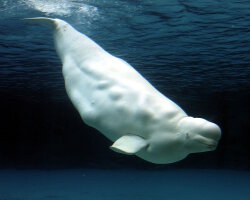
Beluga
(Delphinapterus leucas)
(Delphinapterus leucas)
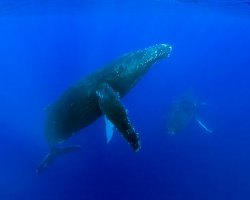
Humpback whale
(Megaptera novaeangliae)
(Megaptera novaeangliae)
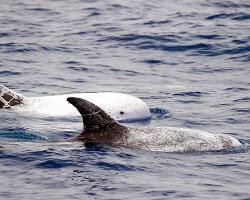
Rissos dolphin
(Grampus griseus)
(Grampus griseus)
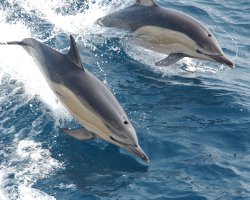
Short-beaked common dolphin
(Delphinus delphis)
(Delphinus delphis)
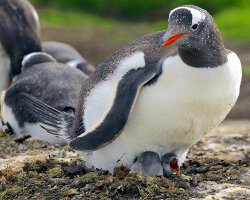
Gentoo penguin
(Pygoscelis papua)
(Pygoscelis papua)

King penguin
(Aptenodytes patagonicus)
(Aptenodytes patagonicus)
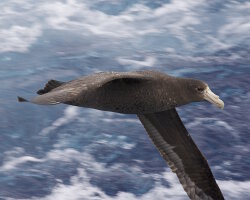
Northern giant petrel
(Macronectes halli)
(Macronectes halli)
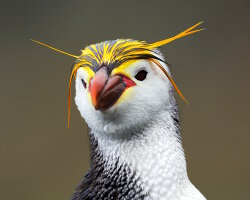
Royal Penguin
(Eudyptes schlegeli)
(Eudyptes schlegeli)
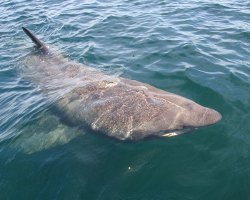
Basking Shark
(Cetorhinus maximus)
(Cetorhinus maximus)
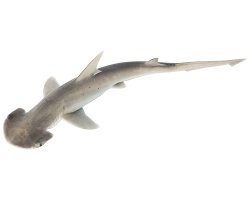
Bonnethead shark
(Sphyrna tiburo)
(Sphyrna tiburo)
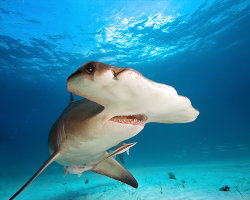
Great hammerhead shark
(Sphyrna mokarran)
(Sphyrna mokarran)
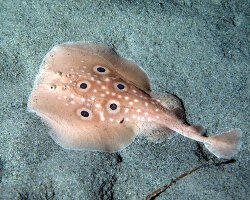
Ocellate torpedo
(Torpedo torpedo)
(Torpedo torpedo)

Goldbelly damselfish
(Pomacentrus auriventris)
(Pomacentrus auriventris)

Staghorn damselfish
(Amblyglyphidodon curacao)
(Amblyglyphidodon curacao)

Tail spot blenny
(Ecsenius stigmatura)
(Ecsenius stigmatura)

Zebra angelfish
(Genicanthus caudovittatus)
(Genicanthus caudovittatus)
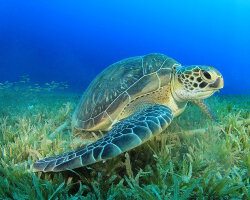
Green sea turtle
(Chelonia mydas)
(Chelonia mydas)
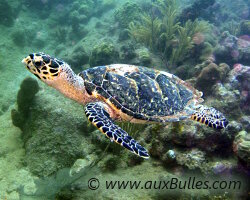
Hawksbill sea turtle
(Eretmochelys imbricata)
(Eretmochelys imbricata)
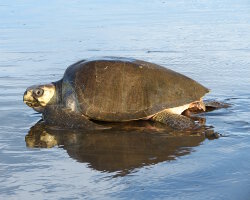
Olive ridley sea turtle
(Lepidochelys olivacea)
(Lepidochelys olivacea)
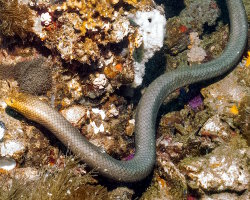
Olive sea snake
(Aipysurus laevis)
(Aipysurus laevis)
Each group displays remarkable adaptations: efficient gills to extract dissolved oxygen, fins and streamlined bodies to reduce water resistance, or lungs and the ability to dive for long periods for air-breathing species. This diversity allows them to occupy a wide range of ecological niches, from fast-moving hunters to peaceful filter feeders.
A Key Role in the Ocean Ecosystem
These vertebrates play an essential role in maintaining the balance of marine ecosystems. Predators regulate prey populations, herbivores help preserve the health of seagrass beds and some species even contribute to nutrient cycling: by feeding in deep waters and releasing waste near the surface, they transport key nutrients (nitrogen, phosphorus, iron) to sunlit zones where phytoplankton, at the base of the marine food web, can thrive.
However, many species are now threatened by overfishing, accidental bycatch in fishing gear, pollution and climate change. Studying and understanding them is crucial to protecting not only these species, but also the overall health of the oceans on which all life depends.
Discover marine vertebrates
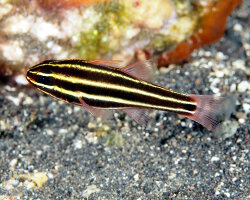
Blackstripe cardinalfish
(Ostorhinchus nigrofasciatus)
(Ostorhinchus nigrofasciatus)

Blue chromis
(Azurina cyanea)
(Azurina cyanea)
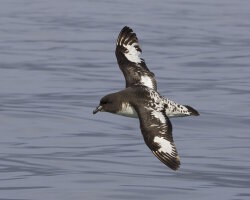
Cape petrel
(Daption capense)
(Daption capense)
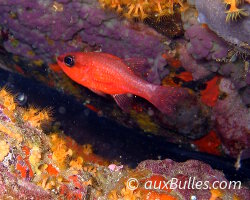
Cardinalfish
(Apogon imberbis)
(Apogon imberbis)
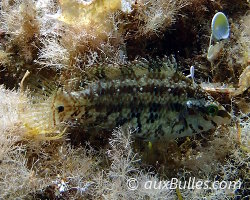
Five-spotted wrasse
(Symphodus roissali)
(Symphodus roissali)

Halimeda ghost pipefish
(Solenostomus halimeda)
(Solenostomus halimeda)

Highhat
(Pareques acuminatus)
(Pareques acuminatus)

Sargassum triggerfish
(Xanthichthys ringens)
(Xanthichthys ringens)
Our latestUpdates
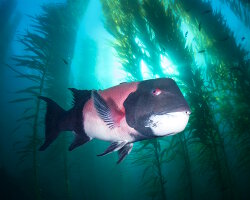
Thursday, October 2nd 2025
The California sheephead
Discover the California sheephead, a colorful fish of the eastern Pacific. Learn about its appearance, diet, habitat in kelp forests, unique sex-changing ability and role in marine ecosystems.
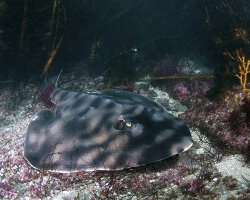
Monday, September 29th 2025
The banded guitarfish
Discover the banded guitarfish, a benthic eastern Pacific species with unique camouflage, living on sandy and rocky bottoms.
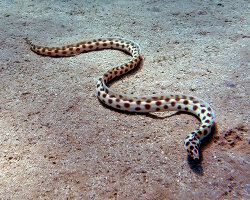
Thursday, September 25th 2025
The tiger snake eel
Explore the tiger snake eel (Myrichthys maculosus), featuring a creamy to pale yellow body dotted with black spots, and learn about its habitat, behavior and role in coral reef ecosystems.
Photo of the Day

Salmacine
(Filograna implexa)
(Filograna implexa)
